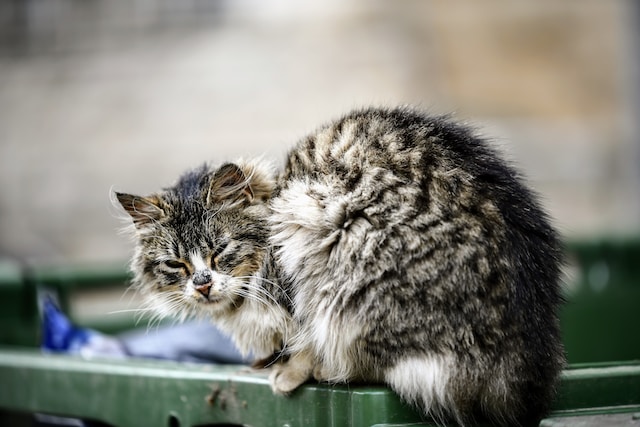In the bustling streets of cities and towns, where concrete meets chaos, a unique population thrives under the most challenging circumstances. Street cats, often overlooked and underestimated, have perfected the art of survival in their urban jungle. These resourceful felines have adapted to the unforgiving environment, navigating through adversity with their indomitable spirit. This article delves into the fascinating world of street cats, exploring their remarkable ability to adapt and thrive amidst the challenges they face.
Life on the streets is fraught with dangers and uncertainties for both humans and animals. However, street cats have managed to carve out their niche within this urban ecosystem. Their survival instincts are finely tuned, honed by their constant quest for food, shelter, and protection. These cats have learned to make the most of limited resources, often relying on their agility, stealth, and intelligence to secure their basic needs.
One of the most striking aspects of street cat adaptation is their ability to form social structures. These felines establish complex hierarchies, where dominant cats protect their territories and ensure the survival of their fellow members. Through these social interactions, street cats learn from one another, sharing valuable knowledge about finding food sources and avoiding potential dangers. It is through these collective efforts that they manage to eke out a living amidst the chaos of the streets.
The urban environment presents an array of challenges for street cats, particularly when it comes to finding sustenance. However, their acute senses and opportunistic nature enable them to thrive in unexpected ways. From scavenging garbage bins and restaurant leftovers to hunting small rodents, street cats have become adept at securing their next meal. Their adaptability is evident in their flexible dietary habits, which can vary depending on the available resources in their surroundings.
Surviving the elements is another essential skill that street cats have mastered. Whether it’s enduring scorching heat or bitter cold, these felines have developed strategies to cope with extreme weather conditions. They seek refuge in hidden nooks, abandoned buildings, or even find warmth in the company of humans willing to provide temporary shelter. Their resilience against the elements is a testament to their ability to adapt and persevere in the face of adversity.
While life on the streets is undoubtedly challenging, it is not without its silver linings. Many compassionate individuals and organizations devote their efforts to support and care for these stray felines. Through initiatives like trap-neuter-return (TNR) programs, street cats are sterilized, reducing overpopulation and preventing the cycle of suffering. Rescue organizations and volunteers work tirelessly to provide medical care, food, and safe havens for street cats, aiming to improve their quality of life and give them a chance at finding forever homes.
In conclusion, street cats embody the epitome of resilience and adaptability in the urban landscape. Their survival instincts, social structures, resourcefulness, and ability to thrive against all odds are nothing short of remarkable. Understanding and appreciating their journey is crucial to developing empathy and compassion towards these oft-forgotten creatures. By acknowledging the art of survival mastered by street cats, we can work towards creating a more humane society that values and protects the lives of all creatures that call the streets their home.












